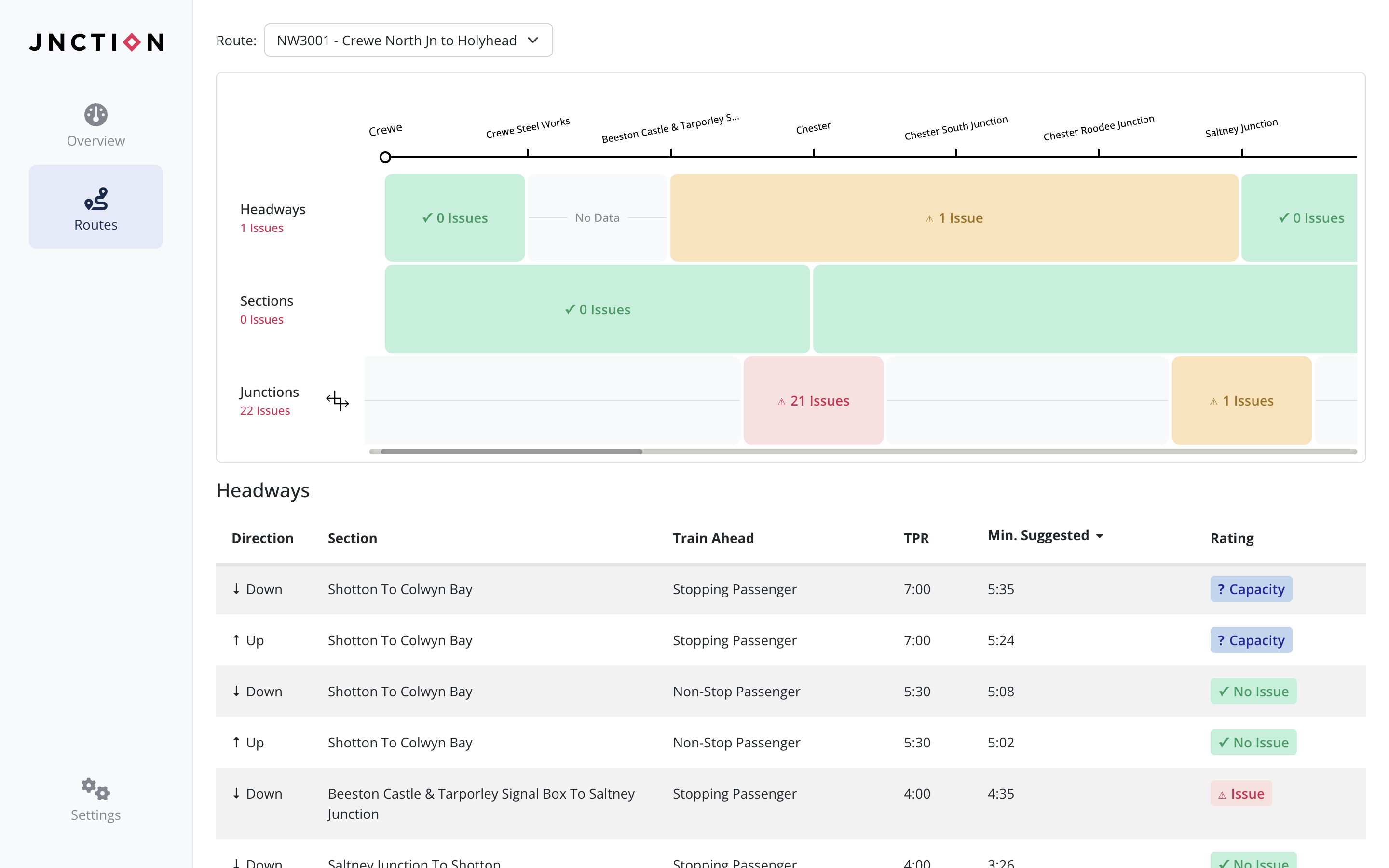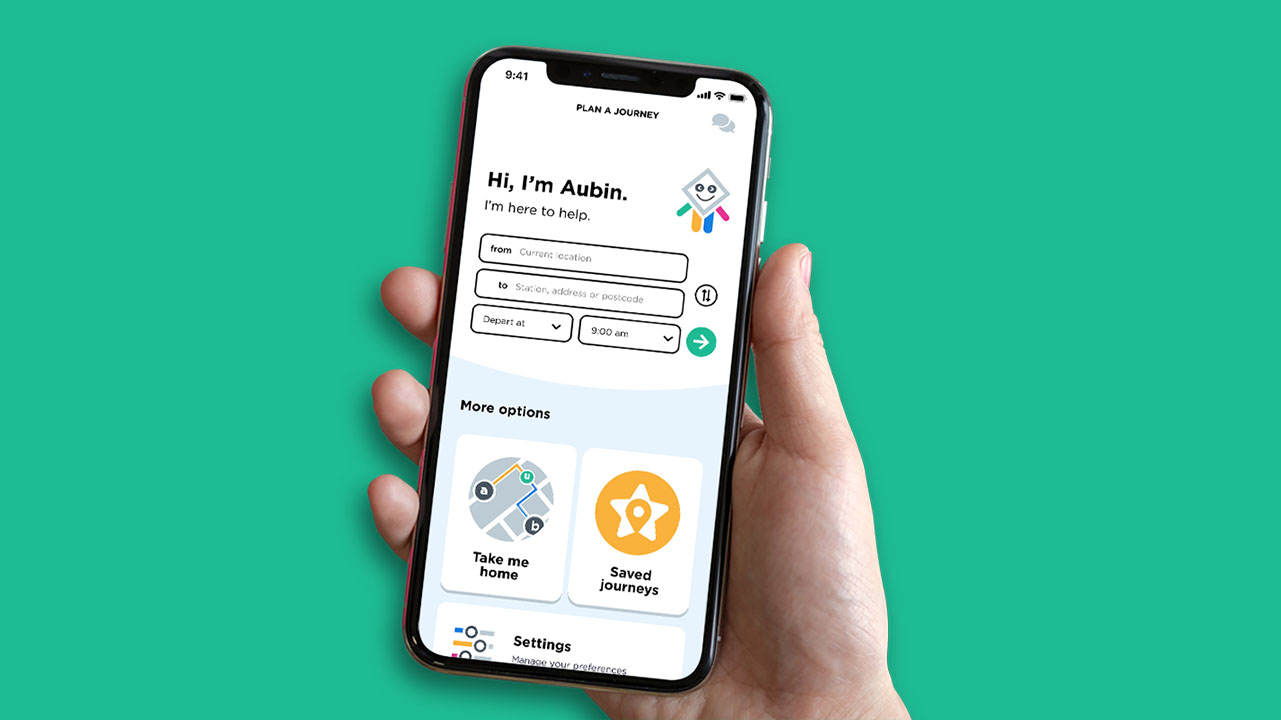We are currently witnessing a return of passengers to the railway in pre-pandemic numbers, and it is more important than ever to ensure our trains are running as efficiently as possible. Over the course of six months, the Jnction data science team have developed a solution to the delays caused by faults with Timetable Planning on UK railways.
As part of the Transport for Wales 12-week accelerator program, the Jnction team created the TPR Analysis Tool in partnership with Innovate-UK and Transport for Wales. This solution aims to reduce delays caused by ineffient TPRs which impose restrictions that control timetabling capabilities. It is critical that adjustments to the timetable are made based on sound data-backed reasoning in order to avoid delays faced in the Summer of 2018, across the UK rail network.
Background
The TPRs currently used by TOCs are created and adjusted based on simulations, anecdotal evidence and manual timings while planning timetable scheduling. The process of manually reviewing a TPR’s suitability is both time-consuming and inefficient. Some TPRs are occasionally reviewed on an ad-hoc basis, but many have never been re-evaluated. Over time, without there being a way to monitor the suitability of a TPR, recurring delays emerge along the network Moreover, the associated changes are often not shared between Network Rail and train operating companies.
Jnction proposed the creation of a comprehensive methodology for understanding and recommending wholesale changes to Timetable Planning Rules (TPRs), including junction and headway margins, dwells and sectional runtimes (SRTs). These findings have been presented in a live, web-based tool to allow TPR forums and their members to prioritise timetable related issues based on severity.
Features
The TPR Analysis Tool possesses a variety of features. TPRs are currently stored in multiple PDF documents and are difficult to work with. Based in the browser, the clear and simple design of the tool presents a visualisation of each line of route, where headway, junction and schedule TPRs can be interpreted cohesively. The tool validates if a TPR, at a junction margin, headway, section run-time or dwell is achievable and will determine the impact of the reactionary delay of a TPR. The system also provides users with an achievable TPR value. If greater than the current TPR, the system will flag an issue. If less, it also has the capability of suggesting a capacity opportunity. Overall, increasing the efficiency of the network.
Tried and Tested
Alongside Transport for Wales, Jnction’s TPR Analysis Tool has been trialled across two sections of track. Firstly, along the North Wales Coastline from Crewe North Junction to Holyhead, and across the East Coast Main Line between York and Newcastle. Multiple issues and capacity opportunities were uncovered concerning junctions, headways, sectional run times and dwells. The problems identified can now be assessed by TPR specialists who have the option to then implement the changes into the timetable.
After the success of the trials, the TPR Analysis Tool will now be rolled out on a section of the West Coast mainline between Euston and Milton Keynes.


